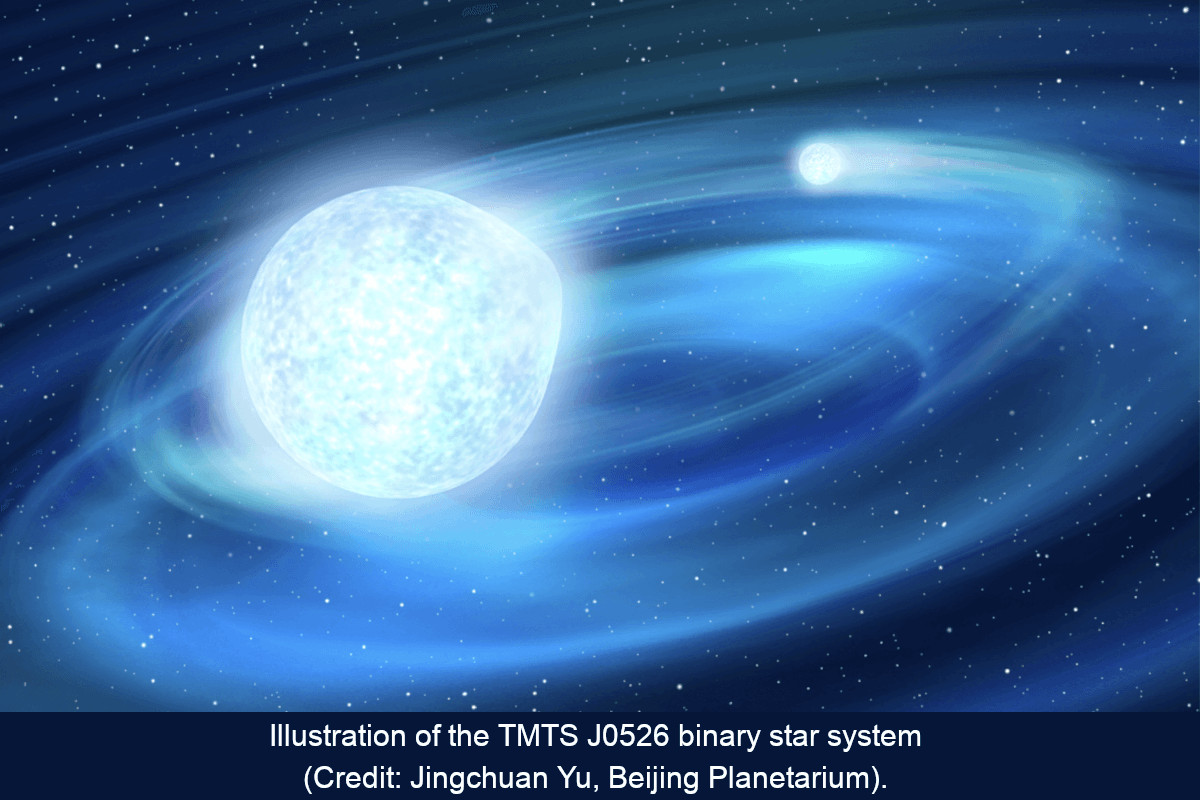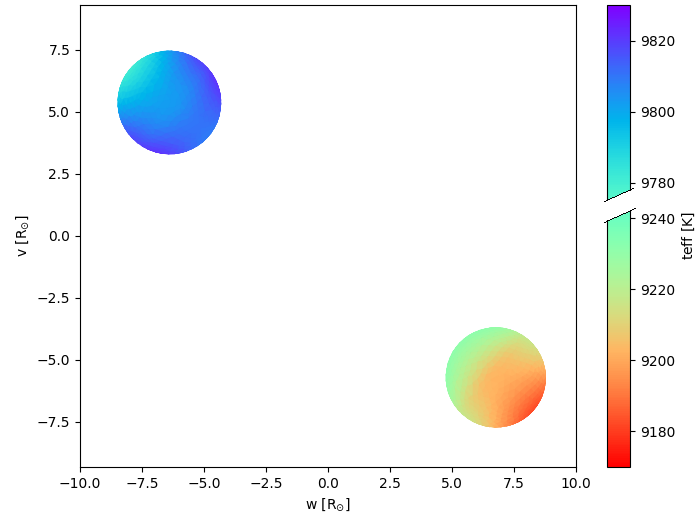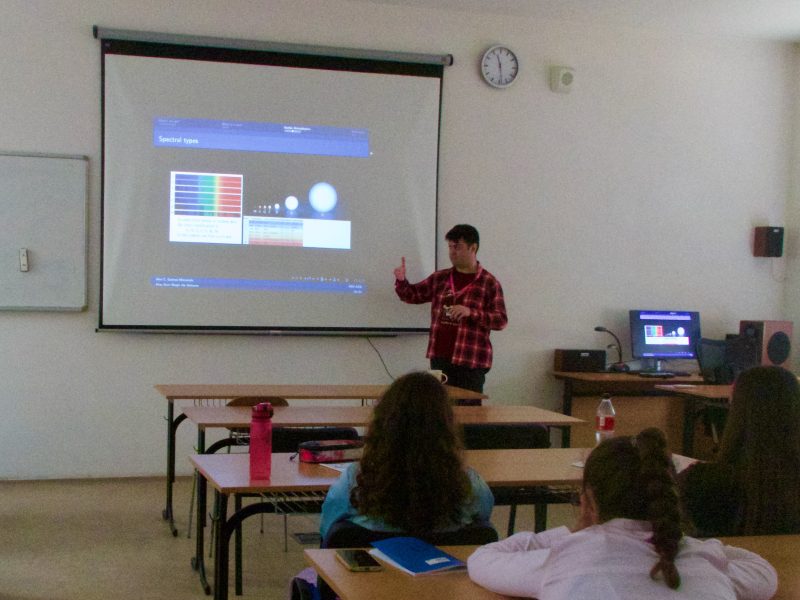Professor Xiaofeng Wang’s team at Tsinghua University and their collaborators (including Péter Németh from the Stellar Department of the Astronomical Institute in Ondřejov) have made a ground-breaking discovery using the Tsinghua University-Ma Huateng Telescope for Survey (TMTS) — a compact binary star system with the ultra-short orbital period of only 20.5 minutes (known as TMTS J0526), located about 2760 light-years from Earth, and they uncovered its physical origin. This system comprises a carbon-oxygen white dwarf star, with a mass of about 0.74 solar mass, coupled with a hot subdwarf star with a mass of about 0.33 solar mass. This remarkable binary is poised to become an important source of milli-Hertz gravitational waves, detectable by upcoming space observatories, such as LISA, TianQin, and Taiji. The finding also validates the low-mass hot subdwarf star formed from the second common-envelope ejection channel (initially proposed by Prof. Zhanwen Han and his collaborators from the Yunnan Observatories, Chinese Academy of Sciences).
More details of this work can be found at astroserver.org.
Related links
- The paper on the NASA/ADS
- The paper on the Astro-ph
- The paper in Nature Astronomy
- ZTF J0526+5934 in SIMBAD
In the news
- Researchers discover a hot subdwarf binary system with shortest known orbital period – Tsinghua University press release
- AI CAS webpage, article in Czech: Na čem pracujeme: Modrý podtrpaslík v dvojhvězdě s ultrakrátkou oběžnou dobou (M. Švanda)



